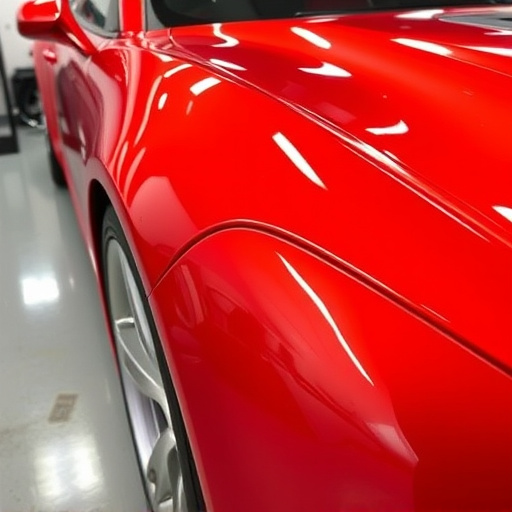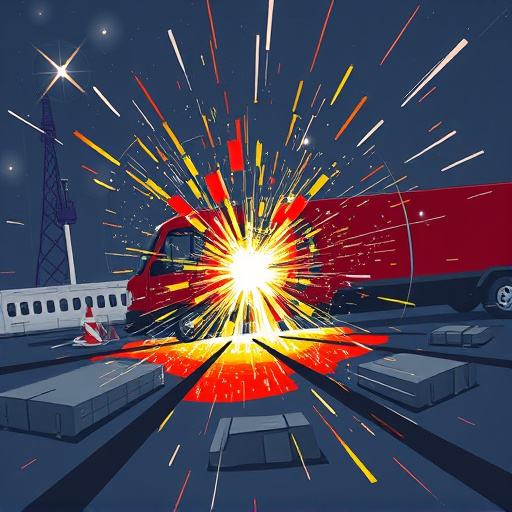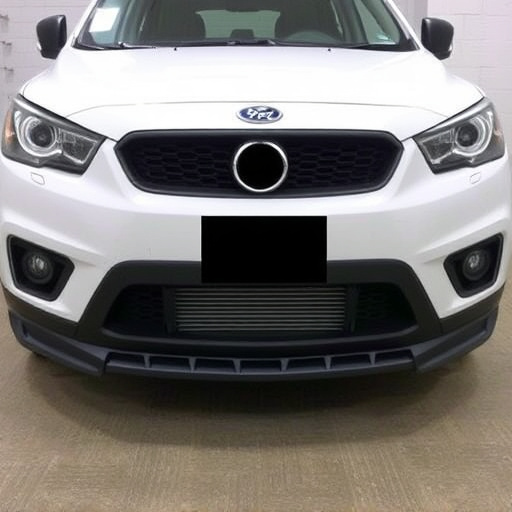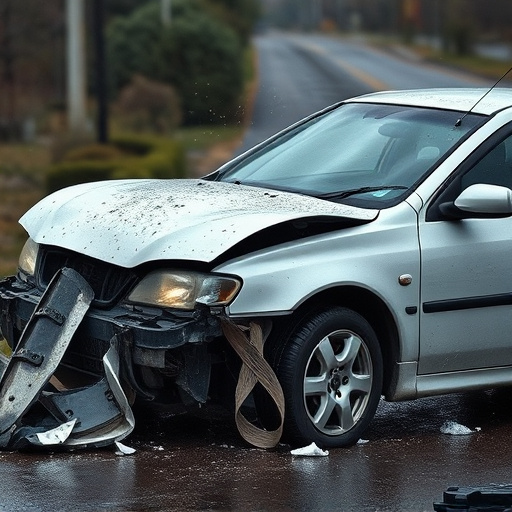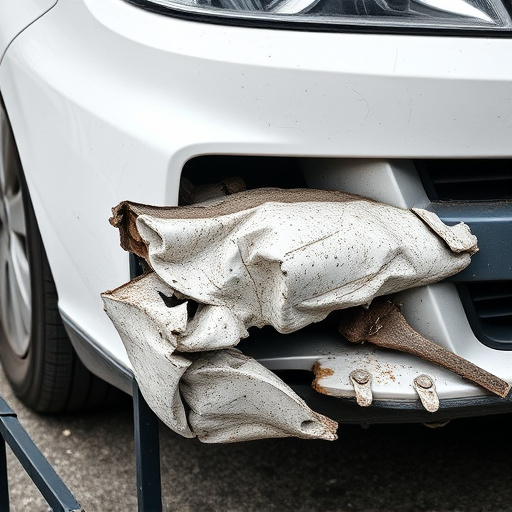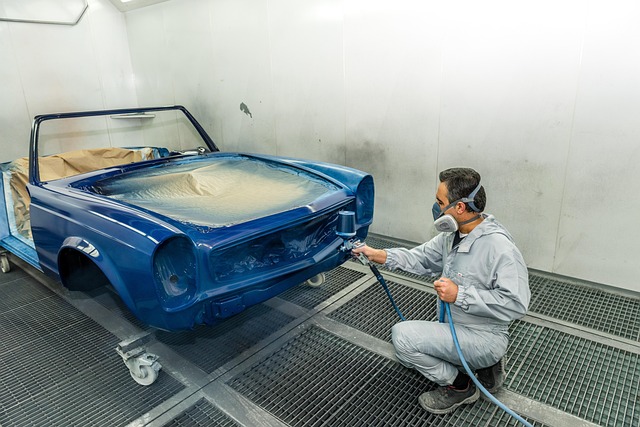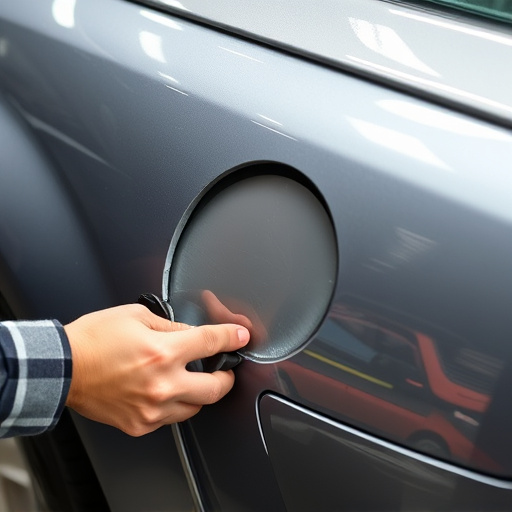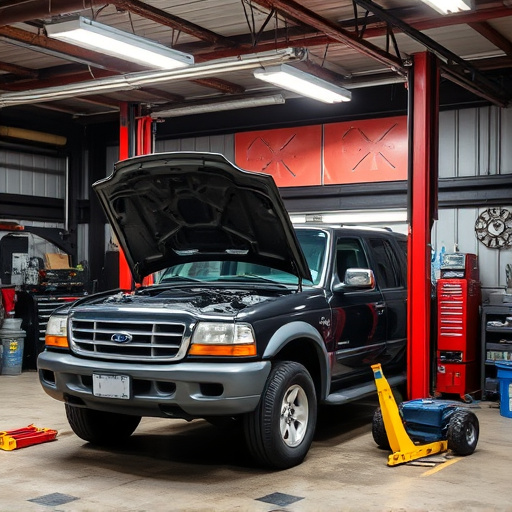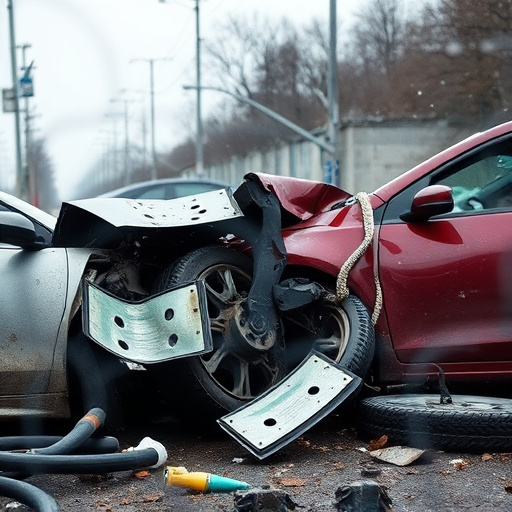Winter weather fosters metal corrosion, notably hidden rust on vehicles, which often goes unnoticed until spring. To prevent severe structural damage, regular visual inspections are crucial for early detection. Auto body shops offer specialized rust repair techniques, focusing on areas like frames and suspension joints commonly affected by moisture-trapped corrosives. Prompt rust repair using methods such as sandblasting and protective coatings, along with maintaining ideal humidity in storage, extends vehicle exterior lifespans after winter damage.
As winter transitions into spring, many are surprised to find hidden rust on their vehicle or outdoor metal structures. This often-overlooked issue arises from moisture trapped beneath paint or surfaces during colder months, leading to corrosion that can compromise structural integrity. This article delves into understanding the impact of winter on metal, identifying signs of hidden rust, and provides effective strategies for repair and prevention to safeguard your assets from rust damage after winter.
- Understanding Winter's Impact on Metal Surfaces
- Identifying Signs of Hidden Rust
- Effective Strategies for Rust Repair and Prevention
Understanding Winter's Impact on Metal Surfaces
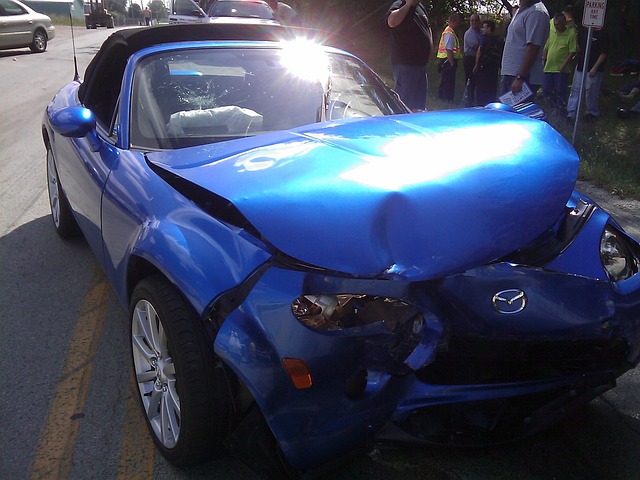
Winter’s harsh conditions can leave metal surfaces susceptible to hidden damage, particularly rust. The cold temperatures and moisture combine to create an ideal environment for rust formation, often causing visible and invisible pitting on vehicles. After the winter months, many auto owners start noticing these telltale signs of corrosion. Auto body shops play a crucial role in identifying and treating hidden rust repair after winter damage.
Regular auto maintenance is essential to prevent such issues, but even with precautions, some degree of winter damage can occur. That’s why seeking professional auto repair services from a reputable auto body shop is vital for thorough inspections and the application of effective rust repair techniques. These shops employ specialized tools and expertise to uncover hidden rust, ensuring that every affected area is addressed for long-lasting results and preventing further deterioration.
Identifying Signs of Hidden Rust
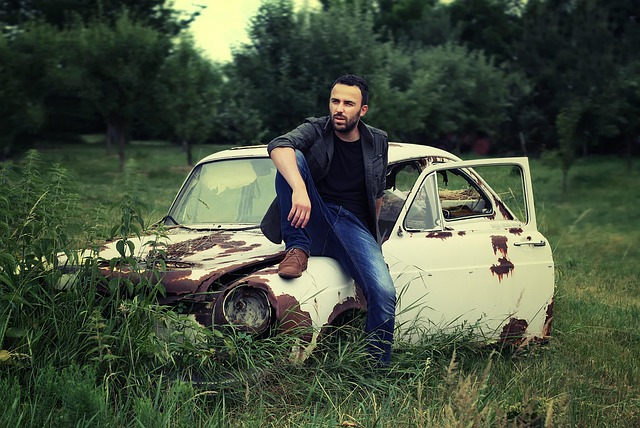
After winter, many vehicles suffer from hidden rust damage that can go unnoticed until further issues arise. The cold, wet weather creates ideal conditions for rust to develop on metal surfaces, especially in areas not readily visible. Signs of hidden rust might include small pitting or flaking on the car’s body panels, around wheel arches, and on less accessible parts like the bumper or underbody. These initial indications are crucial, as they allow owners to take proactive measures before major structural compromise occurs.
One common location for hidden rust is along the car’s frame and in the joints of the suspension system. This is often where moisture gets trapped, leading to prolonged exposure to corrosive elements. A trip to a collision center or expert mechanic can help diagnose these issues through comprehensive inspections, ensuring that any rust repair after winter damage is done correctly to prevent further complications, especially when it comes to bumper repair and car body repair.
Effective Strategies for Rust Repair and Prevention

Hidden rust can be a significant issue for vehicles after spending the winter months outdoors. To effectively address and prevent rust damage, car owners and service centers should employ several key strategies. Firstly, regular visual inspections are crucial to identifying any signs of corrosion or moisture buildup early on. This proactive approach allows for immediate action to halt further rusting.
Once hidden rust is discovered, prompt rust repair using specialized techniques like sandblasting and priming can restore the car’s surface. Moreover, applying protective coatings designed to resist rust can significantly extend the lifespan of a vehicle’s exterior. Additionally, maintaining proper humidity levels in storage areas during winter and utilizing covers to shield cars from environmental elements can prevent winter damage, making auto glass repair less frequent and facilitating the overall car restoration process.
After a long winter, hidden rust can emerge as a persistent problem for metal surfaces. Understanding the impact of cold weather and identifying subtle signs is crucial for effective rust repair and prevention. By implementing strategic treatments and regular maintenance, shops can ensure that vehicles or structures remain in optimal condition, minimizing the damage caused by winter’s harsh conditions. Prompt action on hidden rust not only restores aesthetics but also safeguards against further corrosion, making it an essential practice for maintaining longevity.
